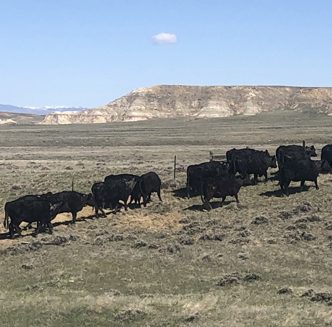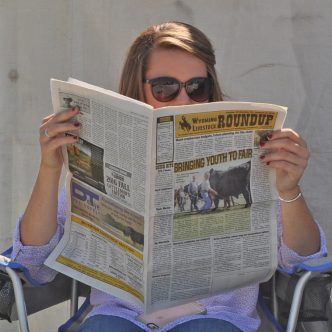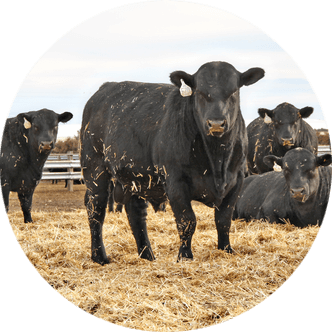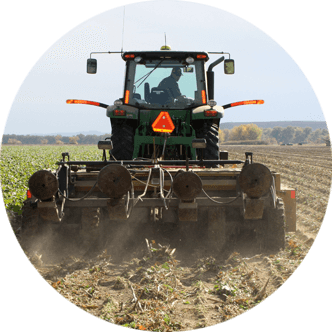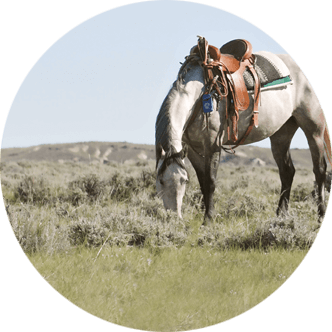Cows and Sage Grouse are Compatible
Just hearing the words “endangered species” frightens many in the business of production agriculture across the West.
It isn’t because of the species itself – unless it is a predator – but once the species is listed, restrictions and baggage under the Endangered Species Act (ESA) cause concern for farmers and ranchers.
Throughout the years, I’ve visited with some individuals who helped write the ESA, which was approved by Congress in December of 1973. They say they don’t recognize the act today because of all the changes brought on by lawsuits and court judges.
I think the original intent was to help species recover and get them off the list, but while many listed species have seen recovered numbers and habitat, they are still deemed “endangered,” such as the grizzly bear and wolf.
One species of great concern for ranchers and farmers across the West is the sage grouse, which many against production agriculture or energy want to list as endangered. Sometimes I think this has more to do with controlling lands than protecting the bird.
Recently, producers caught a breath of fresh air when a study was published by the University of Idaho, which found, “Moderate cattle grazing on public lands does not reduce sage grouse nest success, according to a newly published 10-year study. The findings suggest sage grouse and cows can coexist on the same land in southern Idaho.”
Many western states have land similar to southern Idaho, so this makes a lot of western ranchers happy, as we were told not to graze on lands when sage grouse are nesting.
“Nesting success and insect biomass don’t seem to be affected by low to moderate levels of cattle grazing,” says Courtney Conway, University of Idaho professor of wildlife sciences and the leader of the U.S. Geological Survey (USGS) Idaho Cooperative Fish and Wildlife Research Unit.
The idea for the extensive sage grouse and cattle grazing research project was brought on by opposition to spring cattle grazing on federal lands in the early 2000s and a lack of science to inform the debate.
The decade-long research project wrapped up data collection in August 2023, and the full study is now published and publicly available.
The 10-year study was funded by the U.S. Forest Service, U.S. Fish and Wildlife Service, USGS and the Bureau of Land Management.
Before the study, federal land managers were making decisions without a lot of science to back these decisions.
Before decisions were made, ranchers had been grazing sage grouse nesting areas with cattle and sheep for years, and sage grouse numbers were high. There are, of course, other factors involved, but one still can’t discount the high numbers of sage grouse at the time.
Some radical environmental groups will publicly denounce the study, but they really don’t have science behind them.
We applaud Congress for currently trying to change the ESA, but we realize there are some who are against changing it. Maybe this study will help get the act changed.

